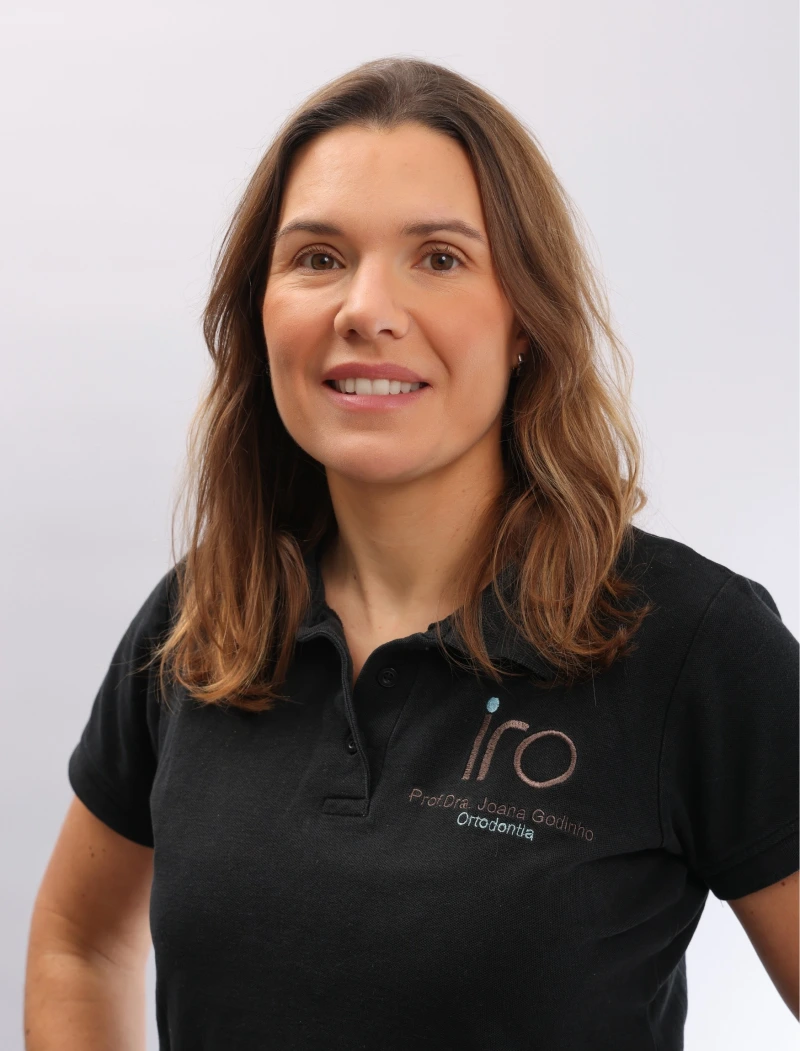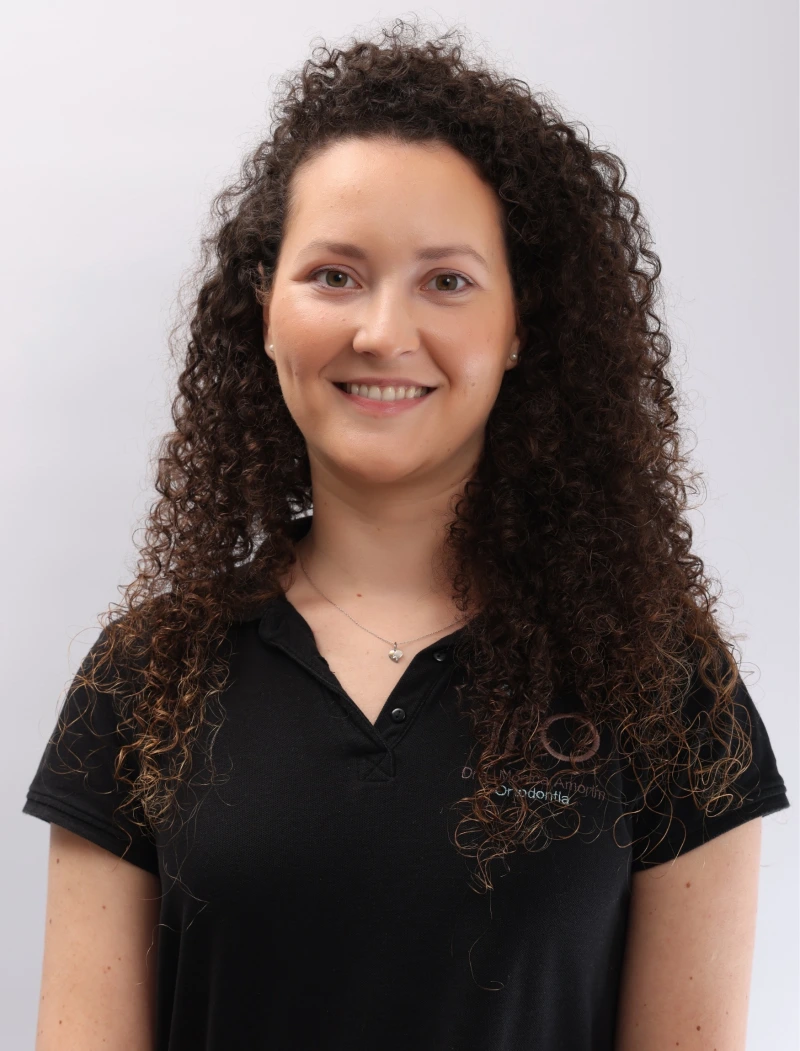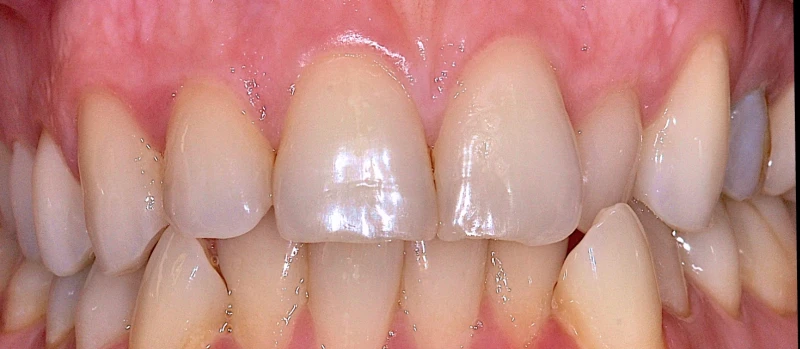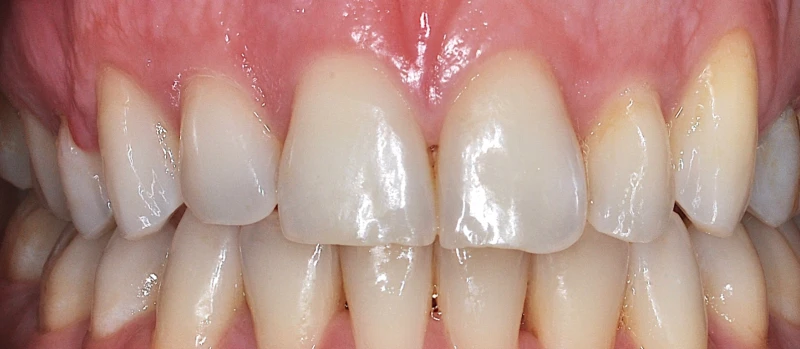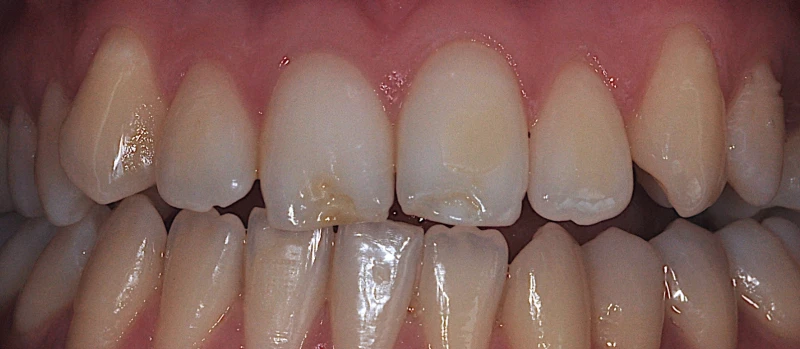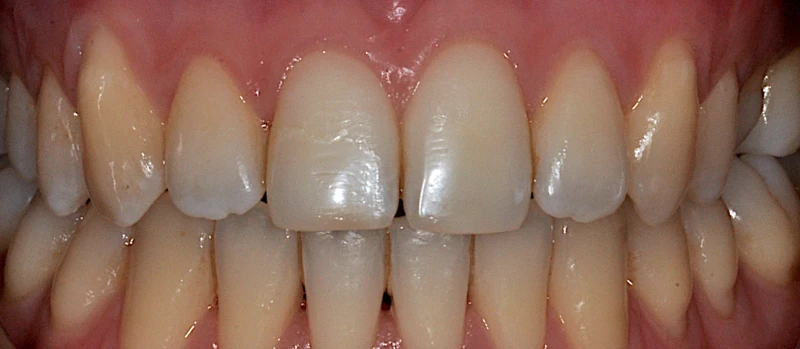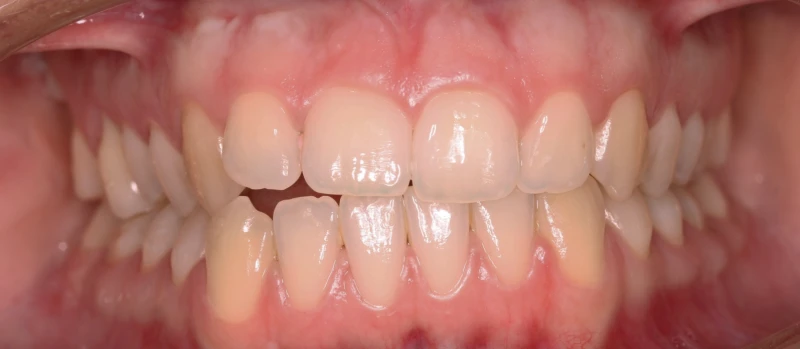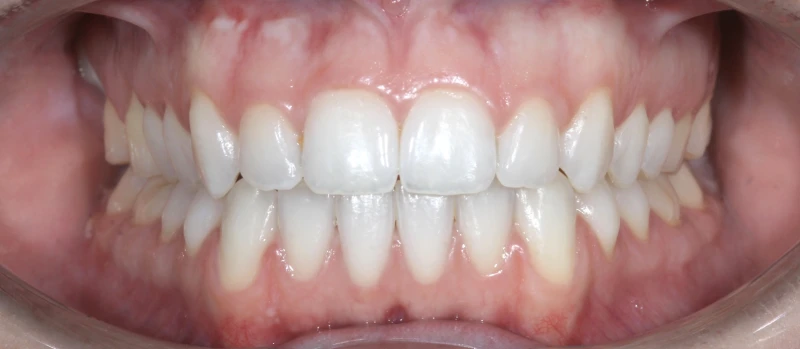Orthodontics
This is the specialist Dentistry field which treats malocclusions, in other words, problems with the alignment of teeth and bone/facial disharmonies. For the correction of these problems, the orthodontists - dentists with three years of specialised training - frequently deploy fixed appliances, removable appliances, expanders and extra-oral appliances. In adults with severe bone disharmonies, it may prove necessary to combine Orthodontics and orthognathic surgery which allows serious cases of bone discrepancies to be resolved.
The majority of problems are hereditary such as alterations to jaw growth, crowding, spaces between teeth, teeth jutting out or missing teeth. In some cases the hereditary problem is exacerbated by acquired causes.
All children must be observed by an orthodontist or a pediatric dentist by the age of 7. The set of teeth may look straight to parents, but there certain problems which are only detected by specialists. In this way it is necessary to intervene early so as to guide the eruption of permanent teeth and the growth of the jaws.
Adults may benefit greatly from orthodontic treatment, irrespective of age. All the cases initially require a complete, exhaustive diagnosis which allows the orthodontist to arrive at a treatment plan, with this being submitted to the patient along with the treatment risks and benefits.
At present, there are very esthetic alternatives for adults such as ceramic appliances and Invisalign technology.
At the start of the treatment it is normal to feel some discomfort when chewing. This sensitivity disappears at the end of 24 to 72 hours, depending on the adaptation of the teeth, the gums, the tongue and the lips on the apparatus. The discomfort may reappear after activation appointments owing to the teeth movements. However, this is not sufficiently severe to interfere with the day-to-day activities
- Diastemas: Spaces between the teeth;
- Crowding: Lack of space so the teeth are aligned;
- Negative horizontal overbite: Lower teeth very jutted out compared with the upper ones;
- Increased horizontal overbite: Upper teeth very jutted out compared with the lower ones;
- Deep bite: Upper teeth cover the lower ones too much;
- Open bite: Excessive space between the upper and lower teeth at the front or side when the teeth make contact;
- Midline deviation: when the central line of the upper teeth fails to coincide with the line of the lower teeth.
The treatment has several benefits including:
- Reduction in the incidence of caries and gum/bone problems (periodontal disease), as with aligned teeth, Oral Hygiene is easier. Orthodontic treatment also improves the relationship between teeth, the support bone and the gum, thereby reducing periodontal problems.
- Improvement in chewing capacity.
- Avoid irregular dental wear and tear.
